
Osteoporosis - Overview
Osteoporosis is a medical condition that affects bones. Bones become weak and fragile and are rather susceptible to fracture. The most common sites of fractures are the spine, wrist and hips although every bone in the body affected by osteoporosis may eventually break.
Bones are normally made of a hard outer shell created by collagen, minerals, blood vessels and the bone marrow located inside the bone. The outer shell resembles a honeycombs and features with spaces between different parts. In healthy people bones are generally very dense and the previously mentioned spaces are small. On the other hand, if the bone is affected by osteoporosis these spaces become larger and this is what makes bones weaker, less elastic and prone to fractures.
Treatment and Care for Osteoporosis
Diagnosis of osteoporosis is set after a mineral density (DXA) scan is performed. The decision what treatment modality is going to be applied and what type of medications are going to be prescribed to a patient basically depends on several factors including the most significant- susceptibility to fracture. The goal of the therapy is to reduce further loss of bone tissue and prevent potential fractures.
In some cases it is only necessary to maintain adequate levels of calcium and vitamin D in the blood and there is no need for medications. However, in severe form of the disease patients are due to take prescribed medications on regular bases. There are defined standards and the drugs for osteoporosis are prescribed if there is a specific indication. Prior prescribing any kind of medications several factors must be taken into consideration and they include patient's age, bone density and risk factors for fracture.
Bisphosphonates are drugs that maintain bone density and significantly reduce the risk of fractures. These medications may be administered in a form of a tablet or injections.
Strontium renelate is effective on cells which create the new bone and those engaged in process of bone degradation. It is administered in patients who cannot be treated with bisphophonates.
The effects of selective estrogen receptor modulators (SERMs) are similar to effects of estrogen. These drugs are effective in maintaining of the bone density and can reduce the risk of bone fractures.
The goal of treatment with parathyroid hormone (PTH) is to create new bone i.e. to stimulate production of bone cells.
Calcium and vitamin D supplements are excellent protectors against hip fracture in older patients. If there is a need for calcium and vitamin D supplements the doctor prescribes the optimal doses which are supposed to be taken on daily bases.
Hormone replacement therapy is prescribed to menopausal women. This therapy helps menopausal women to deal with all the symptoms of the menopause. The therapy is also effective when it comes to maintenance of bone density and reduction of fractures.
Calcitonin is normally produced by the thyroid gland and it stimulates bone density. It can be taken in a form of nasal sprays. And finally, testosterone treatment is recommended in men suffering from both, hypogonatism and osteoporosis.


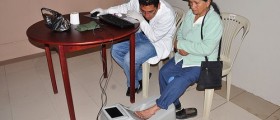
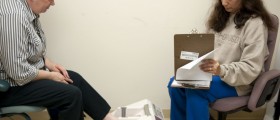
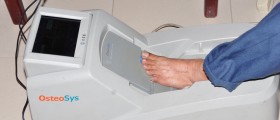
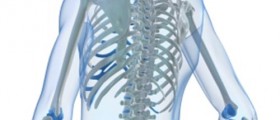
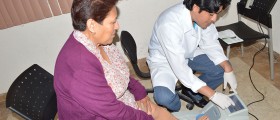

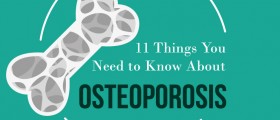








Your thoughts on this
Loading...